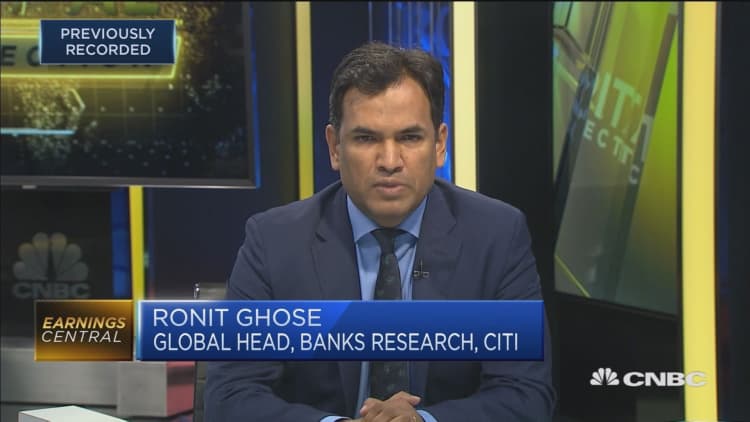
Standard Chartered on Tuesday said it would cut $700 million in costs and exit smaller businesses, as part of the lender's new three-year strategy overhaul to boost growth.
The bank plans to achieve return on tangible equity of at least 10 percent by 2021, from 5.1 percent last year, and intends to distribute to shareholders surplus capital not deployed to fund additional growth.
Earnings growth and divestment are likely to generate that surplus capital, it said in the earnings statement, adding planned exits and the run-down of low-return businesses include discontinuing ship leasing and completing the sale of its private equity arm.
"We will achieve this through relentlessly focusing on where we have a distinct competitive advantage, attacking the residual causes of lower returns and ramping-up innovation and productivity," Chief Executive Bill Winters said in a statement.
StanChart shares have fallen 40 percent since Winters, a former JPMorgan Chase & Co banker, took over the bank in June 2015. Last year, the bank's London shares dropped 22 percent compared with a 15.6 percent fall for rival HSBC Holdings.
Higher returns in the next 3 years
Speaking to CNBC Tuesday, Andy Halford, CFO of Standard Chartered said: "What we have talked about today is how we now take the bank forward over the next 3 years with the particularly objective of how we get that return on tangible equity up from the 5 to the 10 percent."
The 150-year-old lender's new strategy comes at a time when its core emerging markets face increasing risk of slowdown due to the impact of the Sino-U.S. trade war as well as economic uncertainties in China and Britain, two of its main markets.
Halford told CNBC about trade concerns:"We have got clearly a lot going on in the U.S. China relationship and we have got a big business based in China and in Hong Kong."
StanChart, which generates the bulk of its revenue in Asia, has seen its fortunes slump in recent years as restructuring under Winters repaired a balance sheet hit by excessive lending in the previous decade, but left the bank struggling to lift profit.
Winters, in additions to cutting risky lending, has also worked to improve senior bankers' accountability and exit some businesses.
To stimulate growth, StanChart has poured money into retail banking and wealth management technology platforms, a move which led to a surge in costs but has yet to yield significant return.
Chief Financial Officer Andy Halford told staff in October the bank had made "virtually no progress" in meeting cost targets and urged managers to consider cutting jobs, paring back travel expenses and freezing recruitment.
The bank's costs grew 2 percent in 2018 to $10.1 billion. However, it said, "continued cost discipline" would enable sustained investment.
Hong Kong shares in StanChart 2888.HK extended their morning gains to be up more than 2.6 percent in the afternoon session, while the main Hong Kong market index .HSI was trading down 0.6 percent.
Earlier, the bank posted a 5.5 percent rise in 2018 pre-tax profit, pulled down by $900 million in provisions set aside to cover any impact from regulatory investigations in the United States and Britain.
StanChart last week said the provision related to the potential resolution of U.S. investigations into alleged sanctions violations and foreign exchange trades.
The emerging markets-focused bank booked profit of $2.55 billion, versus $2.42 billion in 2017.
Before provision for regulatory matters, restructuring and other items, StanChart reported a profit of $3.9 billion, compared with the $3.9 billion average of 16 analyst estimates compiled by Refinitiv.

